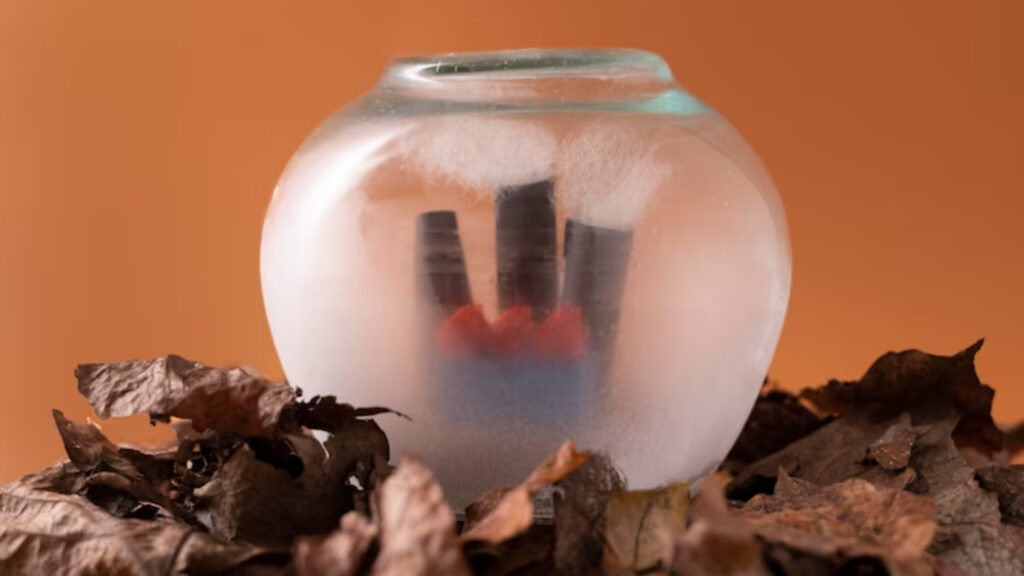Terracotta — the term conjures images of sunbaked pots, ancient warriors, and warm hues that evoke the essence of the earth. Derived from the Latin words terra (earth) and cocta (cooked), terracotta literally means “baked earth.” Its rustic appeal, deep historical roots, and enduring practicality have made it a cornerstone of civilizations for millennia.
From the Terracotta Army of China to Mediterranean roof tiles, this humble material has traversed cultures, continents, and centuries. Today, it’s experiencing a revival in art, architecture, and sustainable design. This in-depth guide explores terracotta’s journey — from its origins to its versatile uses in the modern world.
Table of Contents
- The Origins of Terracotta
- Historical Significance Across Civilizations
- Properties and Composition
- Terracotta in Art and Sculpture
- Architectural Applications
- Terracotta in Home Décor and Design
- Modern Revival and Sustainability
- Caring for Terracotta Products
- Conclusion: Earth’s Gift to Humanity
1. The Origins of Terracotta
Terracotta has been around since prehistoric times, predating even the invention of the wheel. Archaeological evidence suggests that the first terracott,a artifacts date back to around 24,000 BC, with the famous Venus of Dolní Věstonice, a ceramic figurine from the Paleolithic era.
Early humans discovered that shaping and firing clay produced durable objects. These were initially used for practical purposes — storing food and water, making cooking vessels, and creating idols for religious rites.
Terracotta gained popularity because of its abundant raw material (clay) and relatively low firing temperature compared to other ceramics, making it accessible for ancient communities.
2. Historical Significance Across Civilizations
Ancient Mesopotamia and Egypt
Terracotta was widely used in Mesopotamia for bricks, figurines, and pottery. The Sumerians and Babylonians utilized it to create intricate tablets inscribed with cuneiform, humanity’s earliest writing.
In Egypt, terracott,a was molded into amulets, vessels, and funerary items. It played a role in both daily life and spiritual practices.
The Indus Valley Civilization
Harappa and Mohenjo-Daro have yielded terracott,a toys, household utensils, and religious figurines. The artistry of these pieces reflects a highly developed society with symbolic expression.
China’s Terracotta Army
Perhaps the most iconic use of terracotta is the Terracotta Army of Emperor Qin Shi Huang, dating back to 210–209 BCE. Discovered in 1974, this army of over 8,000 life-sized warriors was buried to guard the emperor in the afterlife — a testament to terracotta’s role in both ritual and monumental art.
Greek and Roman Cultures
The Greeks used terracott,a for amphorae, tiles, and sculpture. The Romans expanded its use in architecture and urban planning, especially in roof tiles, drainage systems, and decorative elements.
African and Pre-Columbian Cultures
In West Africa, the Nok civilization created expressive terracott,a heads dating back to 500 BCE. In the Americas, cultures like the Maya and Aztec utilized terracott,a in ritual figurines and temple decorations.
3. Properties and Composition
Terracotta is made from natural clay, primarily composed of silica, alumina, and various metal oxides, which give it its characteristic reddish-brown hue. The specific properties of terracott,a depend on the clay source and firing method.
Key Characteristics:
- Porous nature: Allows for breathability, making it suitable for plant pots.
- Thermal insulation: Retains heat, useful in both cookware and building materials.
- Color: Ranges from earthy reds to browns due to iron oxide content.
- Durability: While not as strong as stoneware or porcelain, it is remarkably resilient when handled properly.
Terracott,a is typically fired at temperatures between 900–1,100°C (1,652–2,012°F), which solidifies the clay and enhances its structural strength.
4. Terracotta in Art and Sculpture
Terracotta has long been a favored medium for sculptors due to its malleability and accessibility.
Religious and Ritual Art
Across Asia and Africa, terracott,a was used to create deities, fertility figures, and ceremonial masks. In Hindu culture, terracott,a horses and figures are common in rural temple offerings.
Figurative and Decorative Art
European Renaissance artists such as Donatello used terracott,a for portrait busts and bas-reliefs. The material allowed fine detailing and was often painted or glazed for aesthetic appeal.
Contemporary Terracotta Art
Modern artists are rediscovering terracotta’s expressive possibilities. Its earthy texture and raw finish appeal to contemporary sensibilities that value natural and handcrafted aesthetics.
5. Architectural Applications
Historical Uses
In historical architecture, terracott,a was used for bricks, roof tiles, and decorative facades. It was especially popular in Italian Renaissance and Mughal architecture, where intricate terracott,a panels adorned temples, mosques, and palaces.
Victorian and Edwardian Eras
Terracotta became fashionable during the 19th century in Britain and America for its weather resistance and sculptural flexibility. Iconic buildings like the Woolworth Building in New York feature ornate terracott,a details.
Modern Architecture
Today, terracott,a is enjoying a resurgence as a sustainable, eco-friendly material. It’s used for:
- Ventilated façades
- Sunshades
- Cladding systems
- Acoustic panels
Its ability to regulate temperature makes it a favorite for green architecture, particularly in tropical and arid regions.
6. Terracotta in Home Décor and Design
Terracotta’s earthy aesthetic is beloved by interior designers for adding warmth, texture, and authenticity to spaces.
Color Palette
Terracott,a tones — from burnt orange to ochre — evoke desert landscapes and Mediterranean charm. These hues pair beautifully with neutrals, greenery, and natural fibers like jute and linen.
Flooring and Tiles
Terracott,a floor tiles are a classic choice in rustic and bohemian homes. Their rich patina develops over time, giving each space a unique character.
Terracotta Planters
Porous and breathable, terracott,a pots are ideal for houseplants. They regulate soil moisture and promote healthy root growth.
Accessories and Textiles
Vases, candle holders, and even textiles mimic terracott,a tones. Using them sparingly adds depth and coziness to modern interiors.
7. Modern Revival and Sustainability
As society embraces natural and environmentally friendly materials, terracott,a is being rediscovered for its low environmental impact and circular lifecycle.
Why Terracotta is Eco-Friendly:
- Made from abundant natural resources
- Biodegradable and recyclable
- Non-toxic
- Energy-efficient when locally sourced and sun-dried
In Sustainable Design:
Architects use terracotta for its passive cooling capabilities, especially in building skins that shield against heat while allowing ventilation.
Projects like India’s Pearl Academy in Jaipur and the Bamboo-Terracotta housing prototypes showcase how traditional materials can meet modern sustainability goals.
8. Caring for Terracotta Products
Terracotta is low-maintenance but benefits from some basic care, especially in wet or freezing climates.
For Pottery and Planters:
- Seal the surface if using indoors to avoid water stains.
- Clean with mild soap and water; avoid harsh chemicals.
- Bring pots indoors during frost to prevent cracking.
For Tiles and Flooring:
- Use sealants to protect against stains.
- Sweep regularly and mop with pH-neutral cleaners.
- Reapply sealant every few years for lasting protection.
Restoration and Repairs:
- Minor chips can be filled with clay putty or epoxy.
- Old terracotta can be sanded and resealed for a refreshed look.
9. Conclusion: Earth’s Gift to Humanity
Terracotta’s enduring appeal lies in its honesty — it’s simple, sustainable, and soulful. As both a practical material and an artistic medium, it bridges the ancient and the modern, the utilitarian and the aesthetic.
Whether it’s a humble plant pot, a historic temple, or a cutting-edge building façade, terracotta continues to shape the world — baked by the sun, molded by hands, and loved across generations.
Final Thoughts:
As we face environmental challenges and a cultural push toward authenticity and sustainability, terracotta offers not just a material solution, but a philosophical one — a return to the earth, and to simplicity.
FAQs About Terracotta
Q. Is terracotta the same as clay?
A. Terracotta is a type of fired clay, but not all clay becomes terracotta. The term specifically refers to earthenware fired at low temperatures, often unglazed and reddish-brown.
Q. Can terracotta be used outdoors?
A. Yes, especially in warmer climates. However, in freezing temperatures, unglazed terracotta may crack unless sealed properly.
Q. Is terracotta safe for cooking?
A. Yes, when food-safe and properly fired. Many traditional cooking vessels, like tagines and baking dishes, are made of terracotta.
Q. How sustainable is terracotta?
A. Extremely. It’s biodegradable, made from natural materials, and often produced using low-energy processes.






